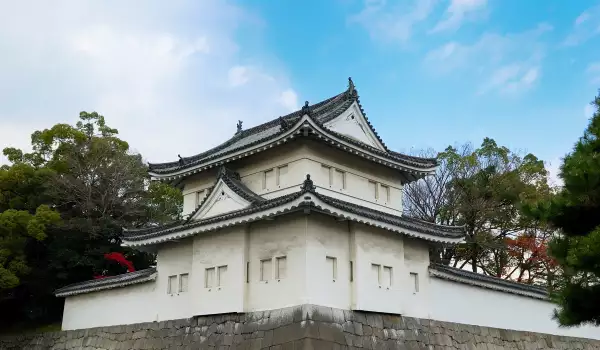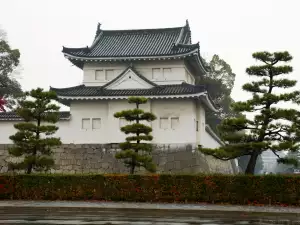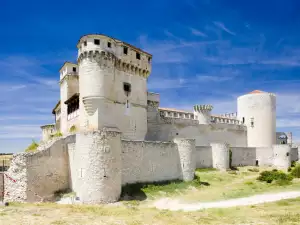Nijo Castle

Nijo Castle is one of the historic sights of the old Japanese capital - Kyoto. The whole complex extends over an area of 275, 000 square meters and includes several cities and pavilions, as well as the two main buildings - Ninomaru Palace and the remains of the Honmaru Palace.
Nijo Castle was built as a residence by Tokugawa Ieyasu, who was the founder of the Edo Shogunate. In 1601he commands all feudal lords in Western Japan to contribute to the buildingof his residence.
Ultimately, Castle Nijo was completed in 1626 during the reign of Tokugawa Iemitsu and during 1625-1626, the main tower and Fushimi Castle were also added.
Northwest of the castle is the Royal Palace in Kyoto. Ninomaru Palace is known as the secondary palace and has survived until today in its almost original appearance. It is an excellent model of the architectural style of Momoyama. Some of the characteristics of this construction are the Japanese sliding doors and creaking floors, the latest of which were used as a precaution against possible enemies who wanted to enter the castle.

During the 18th century (1788) the original castle was burned by a fire and the current structure that visitors see today was brought in 1893 from the Royal Palace.
In 1939 the palace was donated to the city of Kyoto, and was opened to the public.. As with most Japanese and Chinese palaces, adjacent to Nijo are the beautiful gardens that are even more beautiful in spring because of flowering cherry trees.
Ninomaru garden is a genuine work of art and was designed by the famous landscaper of his time - Kobori Enshu. The garden palace and the beautiful lake (which has three islands) are all inter-connected by stone bridges.
In 1965 the northern part of the complex was able to offer the newest garden. The goal of this beautiful park was to serve as a place for official receptions and receiving guests of Kyoto and other cultural events. Nijo Castle is listed as a UNESCO World Heritage Site.















